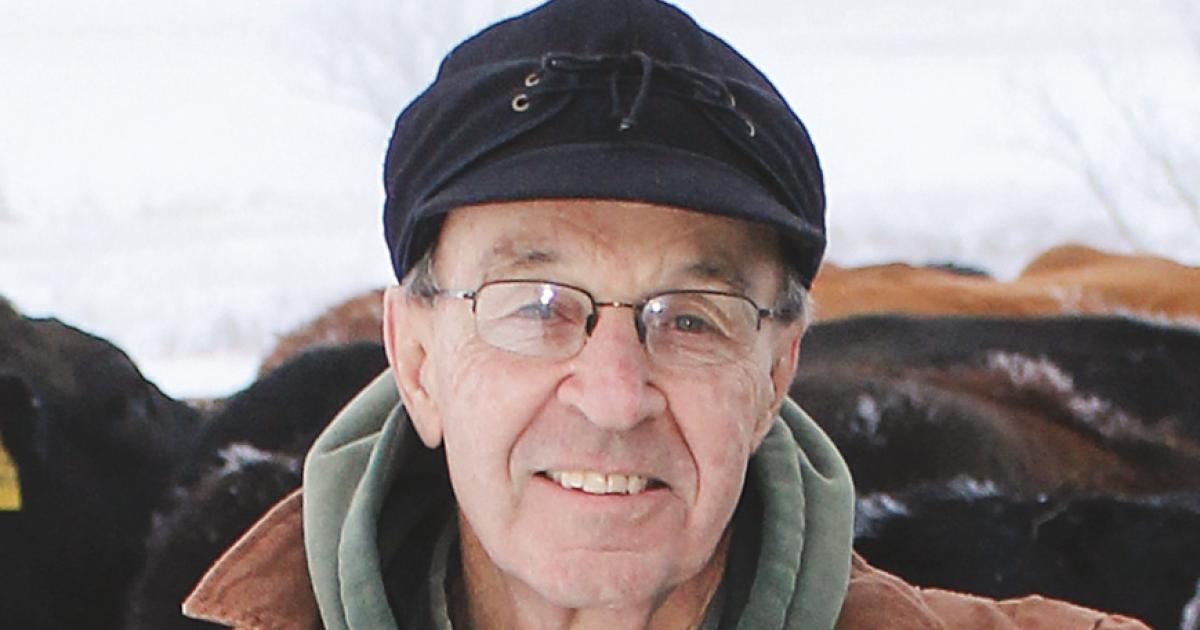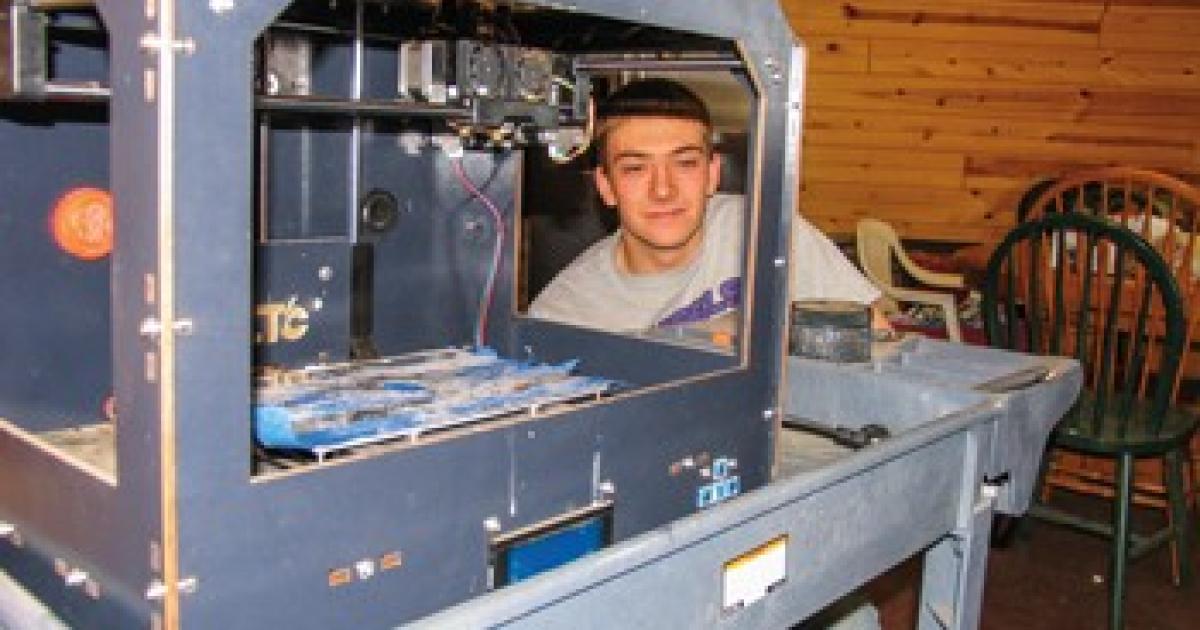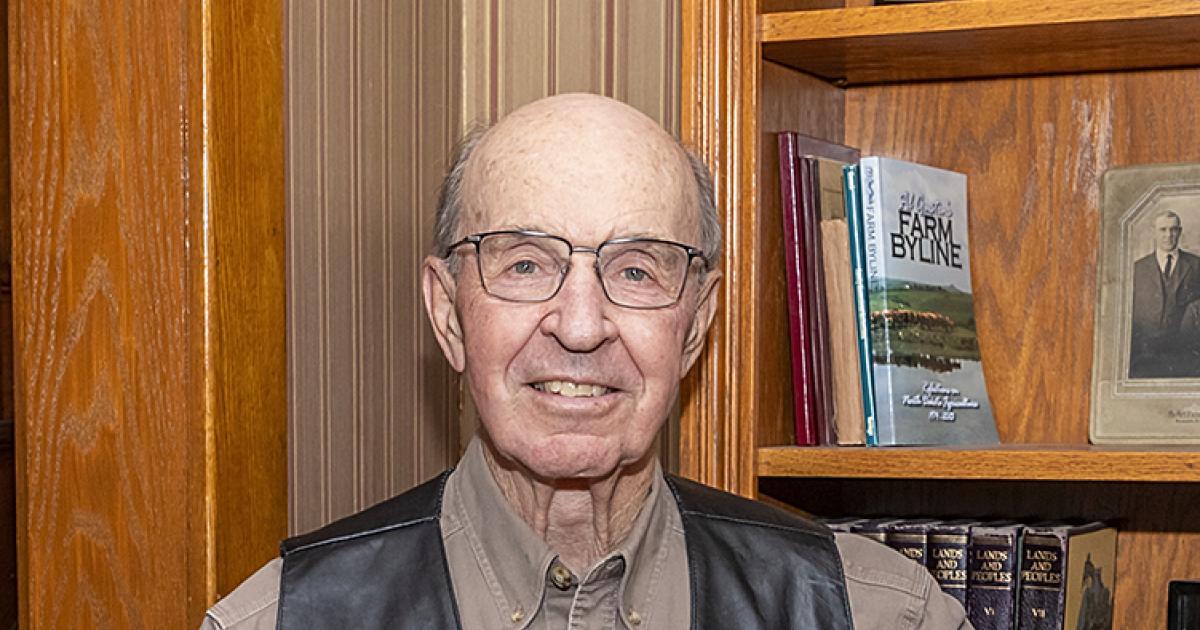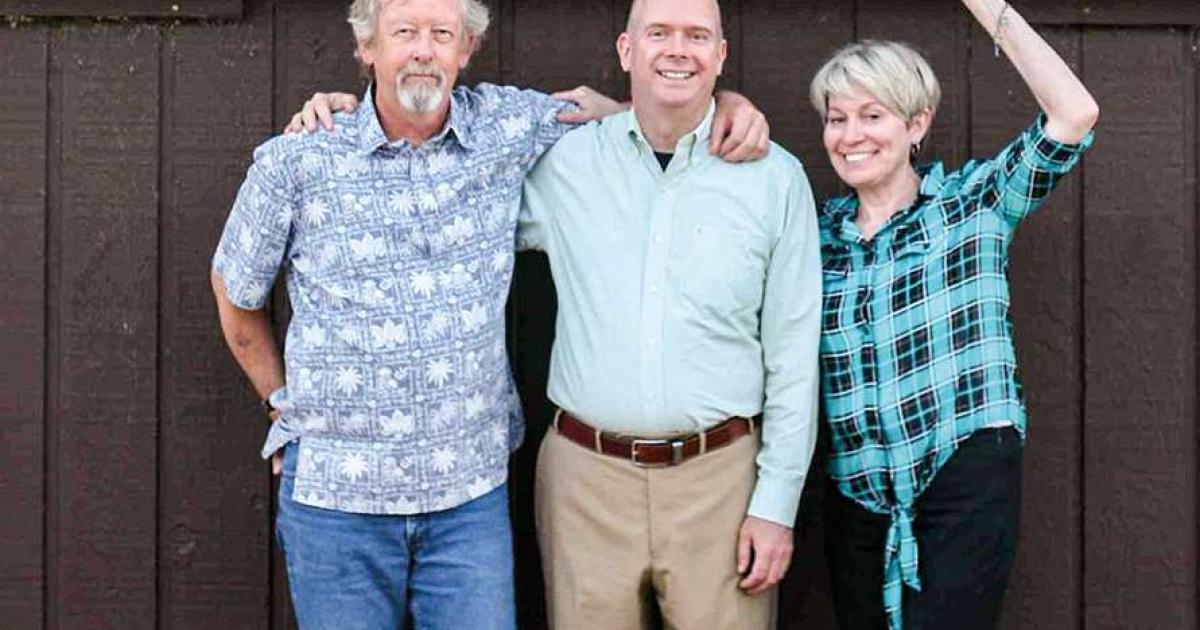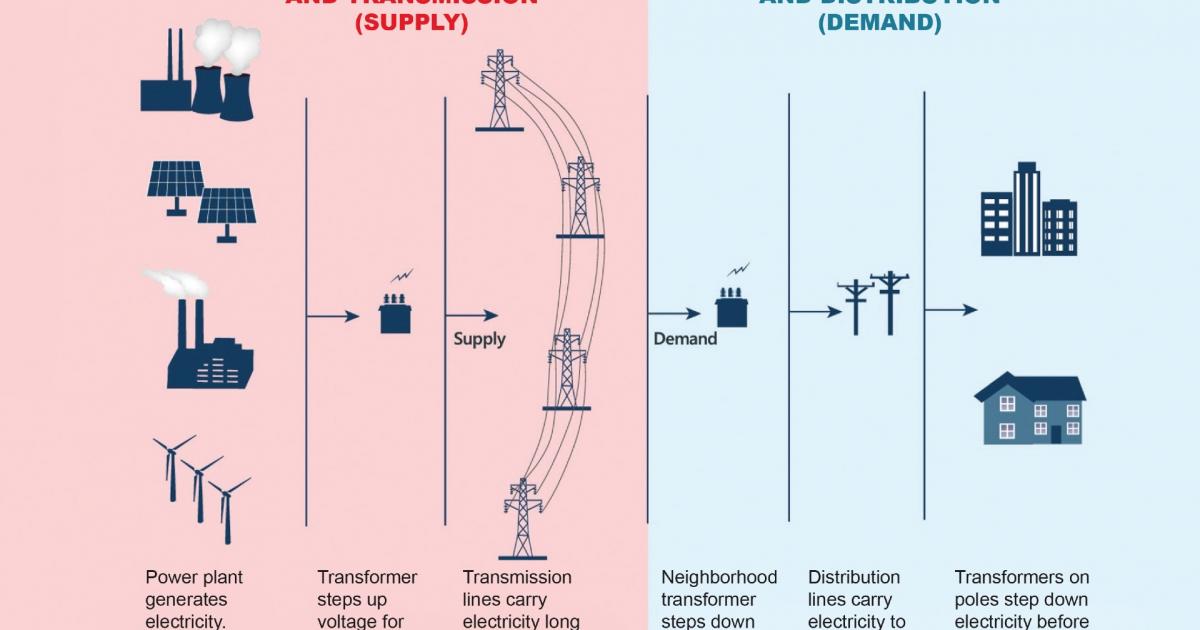As we helped a neighbor haul cattle to grass last June, we drove past a ranch yard that had a very long tree windbreak extending from the barns to the south. I couldn’t help but think of the protection that shelterbelt offered cattle during the three-day blizzard just a month earlier.
I recall a story we did in the mid-1990s about Ed Flannagan, who died in 1997. Flannagan was a tree lover – a tree planter. He told me how he had pulled tree saplings from Missouri River sandbars and planted them around his Burleigh County farmstead in the late 1920s. He said he hauled water in barrels to keep those trees alive in the 1930s. In the 1950s, Flannagan was one of the first people to plant field windbreaks. He planted 5 miles of them and then kept the area clean of weeds by hoeing around the trees, one hour each morning and one hour each evening before and after each day’s farm work.
Like a lot of other farm youth, I spent many hours hoeing around trees. It wasn’t enjoyable. But those trees now provide protection for our cattle in the winter and spring.
These days, you see a lot of cattle seeking shelter behind steel windbreak panels. The panels have obvious advantages. They are relatively inexpensive, they’re portable, they have resale value and, unlike trees, the protection is immediate. But no one would argue that windbreak panels offer the same protection a shelterbelt does. It’s not even close.
Soil Conservation District personnel tell me farmers and ranchers are still planting trees to protect their homes and their livestock. The protection won’t be immediate, but a generation from now, as the cold winter winds blow, those with shelterbelts around their homes and the cattle with trees to stand behind will be thankful for the trees and for those who planted and nurtured them.
Al Gustin is a retired farm broadcaster, active rancher and a member of Mor-Gran-Sou Electric Cooperative.


